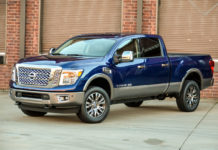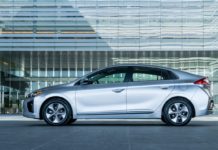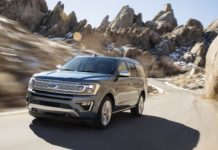French carmaker Renault is to unveil 12 new models next year — including several low-cost autos — in an aggressive global strategy to turn around stagnating sales, the company said Wednesday.
Company chief Carlos Ghosn told a media conference in Brazil that Renault was also looking at making a new budget car in India costing just 3,000 dollars to compete against the local manufacturer Bajaj.
“The big question is what will have to be done to bring this car up to export quality. It will have to be modified, sure — and what will be the cost of these modifications so it's viable?” Ghosn said in Sao Paulo.
He added that, “logically, Brazil would be a natural market” for such a car.
Later Wednesday, Ghosn — who was born in Brazil — was to unveil Renault's first car made outside of Europe to Brazilian President Luiz Inacio Lula da Silva.
The vehicle, the Sandero, is being built in a Brazilian factory for the national market and for export to neighboring South American countries.
The French auto group already brought out seven new models last year.
A senior Renault executive said Renault's worldwide sales so far this year “are staying practically stable compared to 2006, with a drop of 0.1 percent.”
Non-European sales — accounting for a third of the total — are strongest, with nearly 15 percent growth.
In Brazil, sales have jumped 43 percent, making it one of the top performing countries for the company, even though it holds just three percent of the market.
More than 73,000 of its cars are expected to have been sold in Brazil by the end of the year.
Brazil “is one of the strategic markets (for Renault) for the future, along with Russia, China and India,” Ghosn said.
Looking to the future, the head of Renault — who also heads up Japan's Nissan car company — said he saw a world in which cars would not rely almost exclusively on petroleum for energy. Brazil, for instance, has widespread use of ethanol, a combustible alcohol produced from sugarcane.
“I believe in a division of the world market, and in the differentiation between countries and types of automobiles. I think that in the cities there will be more use of an urban electric car for commuting, for shopping, etc.,” he said.
Without putting a timeline on that vision, he estimated demand for such a car would end up filling 20 percent of the market, with motorists in developed countries being the first to take them up.









